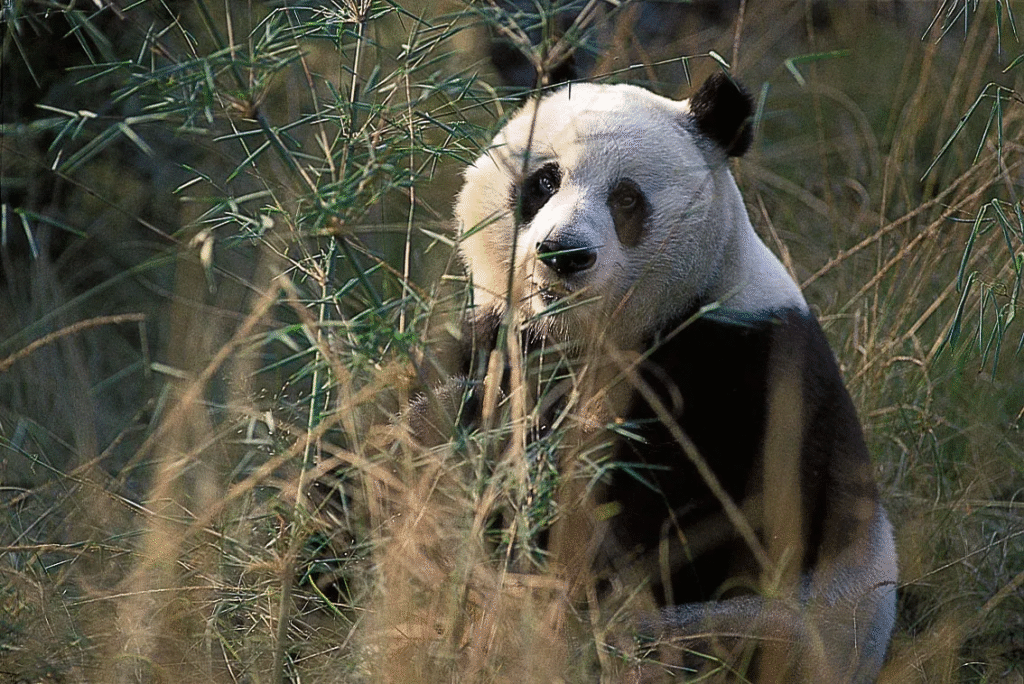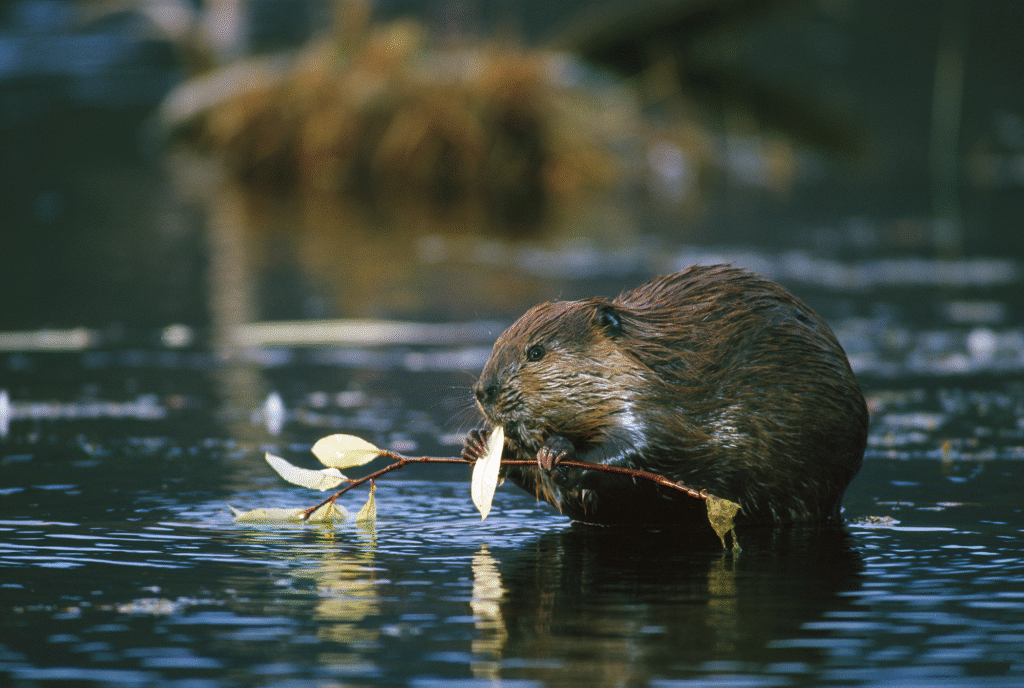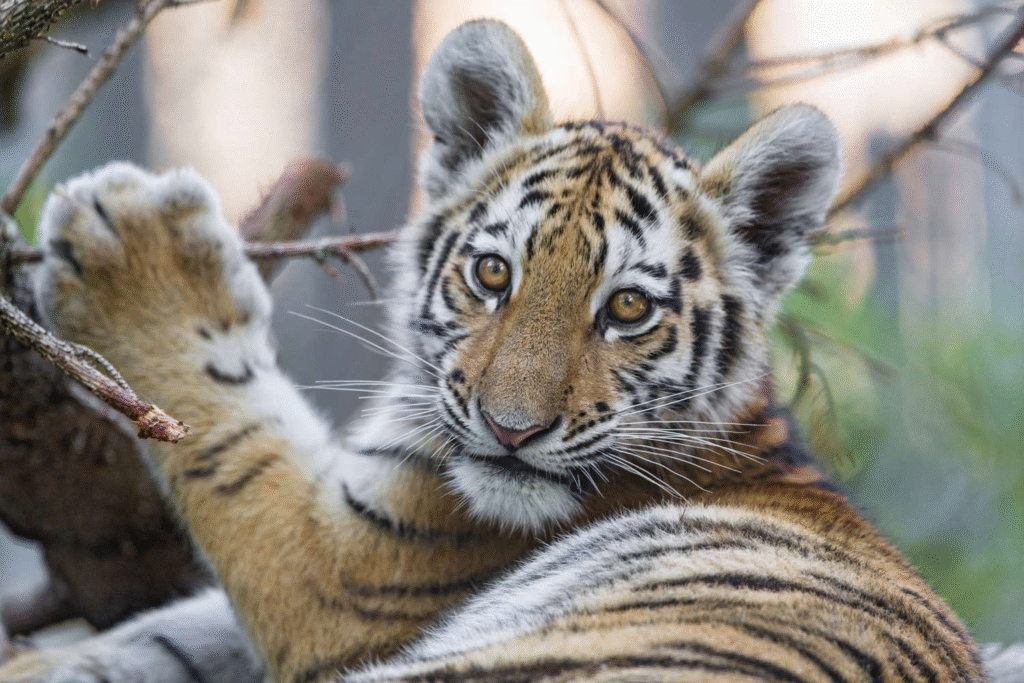Why Endangered Species Are Key to Healthy Ecosystems
When the term “endangered species” is used, it’s common for us to picture majestic tigers, gentle sea turtles, or massive elehants. The attention is uually focused on beauty, rarity and urgency to protect these animals from extinction. In addition to the striking visuals and cultural identifiers, endangered species are vital to ecosystem health and balance; often their very existence supports the health of entire ecosystems. The loss of these species can create a domino-effect that reverberates throughout the ecosystem, affecting plants, animals and human health.
Appreciating why endangered species are an important part of the ecosystem called for problematic thinking because we had to look at things in a more holistic view. Everything is interrelated to everything else. Everybody fills a niche, every living thing plys a specific role that helps maintain the balance of the environment. When one link is broken, the integrity of the system begins to be compromised.
The Role of Endangered Species in Ecosystems

Maintaining Biodiversity: Endangered species are unique labors that often have a key role of helping some level of them preserve biodiversity. Biodiversity is not simply a number of plants and animals count in a location. It’s the basis of resilience. Ecsystem high in biodiversity allows them to tolerate challenges such as climate change, disease outbreaks, and invasives.species.
Balancing Populations:A number of endangered species are also predators or keystone species — species that have a greater impact on their environment than would be expected from their population size. Predators regulate the populations of prey species, preventing overbrowsing and overgrazing and ultimately helping to prevent habitat destruction from overpopulated grazers.
Supporting the Food Web: Endangered species can also be important prey for wildlife, and if the prey disappears, it could mean the food source disappears forcing predators to adapt or die. Any changes in a food web typically have effects across many species, even those eliminated from the initial loss.
Facilitating Plant Growth: Some endangered species help plants reproduce by dispersing seeds or pollinating flowers. Without them, certain plants may struggle to survive, changing the composition of the landscape.
Keystone Species and Their Impact

Keystone species are particularly important to understand when considering the role of endangered animals in ecosystems. If a keystone species disappears, it can lead to dramatic changes in the environment.
Sea Otters: In coastal kelp forest ecosystems, sea otters prey on sea urchins. Without otters, urchin populations explode, overgrazing kelp and destroying the habitat for many other species. Sea otters are considered endangered in parts of their range due to hunting and environmental threats.
African Elephants: These massive herbivores shape savannah and forest ecosystems by uprooting trees and creating open spaces where grasses can grow. This benefits species ranging from antelopes to birds. Declines in elephant populations can lead to overgrown landscapes that support fewer grazing animals.
Gray Wolves: In Yellowstone National Park, the reintroduction of wolves restored balance to the ecosystem. Wolves reduced overpopulation of elk, allowing vegetation to recover, which in turn provided better habitats for beavers, birds, and other wildlife.
The Ripple Effect of Extinction
When an endangered species disappears, that disturbance reverberates through the ecosystem, causing what ecologists refer to as a food web process reflection — a series of indirect effects caused by the disappearance of a species from the food web. The species role is affected by direct effects (from eating it) and then the effects on other species for which it is food or through interaction effects (i.e. if a predator species eats a herbivore species, the herbivore population is affected, and the plant resources for herbivores will flourish). These cascades can result in decline of other species, loss of habitats, and even transform the physical environment.
For example, coral reefs, which support thousands of marine species, depend on balance with herbivorous fish so that algal overgrowth does not cease excessive stress on the reef (exotic cover reduces coral health). It stands to reason that over-fishing species of fish that once sustainably fed and cleared corridors for reefs to provide food and habitat must run the coral reef to the ground.
In a terrestrial ecosystem, the extinction of a seed dispersing bird could lead to trees of certain species not germinating and establishing themselves as plants or trees, which sheep reduce shelter and food for mammals, insects, and reptiles.
Endangered Species and Human Well-being

Although animals in danger of extinction may seem to be separate from concerns about people, their survival is often tied to ours. Healthy ecosystems provide the base materials that people need, including, clean water, productive soil, and climate regulation.
Forests, wetlands, and grasslands – healthy ecosystems that are driven in part by interactions between animals and plants – provide carbon sinks that you may be aware of that check climate change. Pollinators – bees, bats, some birds, and more – are critical for a sizable proportion of crops that we consume. Loss of pollinators could threaten world food security.
Fisheries are based on balance in marine ecosystems. If such predators or prey are ended, the fish could collapse, threatening the lives of millions of people who rely on fish for food and for income.
Threats to Endangered Species
The threats facing endangered species are as varied as the species themselves, but they often share common roots in human activity.
Habitat Destruction: Logging, farming, urbanization, and infrastructure projects shrink the spaces animals need to live and breed.
Climate Change: Shifting temperatures and weather patterns alter habitats faster than many species can adapt.
Poaching and Overexploitation: Hunting, fishing, and harvesting for trade can decimate populations.
Pollution: Chemicals, plastics, and waste disrupt habitats and poison wildlife.
Invasive Species: Non-native predators, plants, or diseases can outcompete or destroy native wildlife.
Conservation Efforts and Their Importance
Protecting endangered species isn’t just about saving individual animals — it’s about preserving the structure and function of entire ecosystems.
Protected Areas: National parks, marine reserves, and wildlife sanctuaries create safe spaces where species can thrive without human interference.
Breeding and Reintroduction Programs: Captive breeding can bolster population numbers, and reintroducing species into their native habitats can restore ecological balance.
Community-based Conservation: Local communities often hold the key to protecting wildlife, especially in regions where human livelihoods depend on natural resources.
Legislation and International Agreements: Laws like the Endangered Species Act and treaties such as CITES (Convention on International Trade in Endangered Species) provide legal frameworks to protect threatened wildlife.
What You Can Do
While large scale efforts like conservation programs are important, individual actions can also work.
You can:
Help conservation organizations financially or through volunteer efforts.
Buy sustainable products that do not contribute to habitat destruction.
Reduce your carbon footprint in an effort to slow climate change.
Teach others about the significance of endangered species.
Participate in citizen science to assist researchers with their data collection.
A Shared Responsibility
Endangered species are not just a “fancy extra” on the planet, they form the foundation of the health and stability of the environments around us. It is not just humane, but essential that we protect them. Without endangered species, ecosystems will not remain balanced, productive, and resilient and able to support other forms of life, including ours!
The next time you read about an endangered species, consider more than the “picture” of that organism. Consider the forest, reef, or weathered grassland it exists in, consider the multitude of other organisms. Think of the ways in which different creatures interact and the ways in which those interactions benefit the environment. In saving endangered species we are really saving the systems that enable Earth to be a viable home for all.







